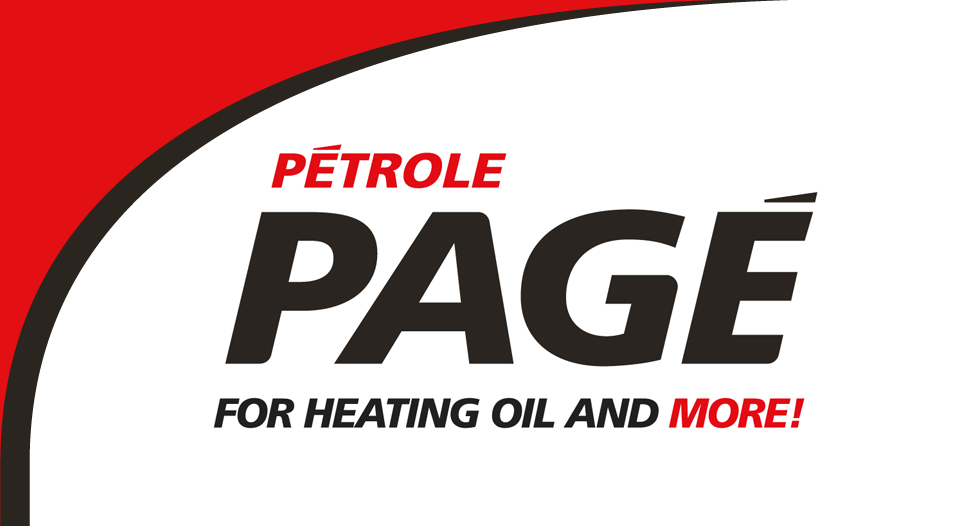What should you be looking for before throwing your hard-earned money at a particular air conditioner rather than the model next to it on the shelf?
Three characteristics to consider
Whichever type of air conditioner you choose, you’ll want to consider three technical aspects above all others: power, energy consumption and operating noise level.
Power
Rule number one: a smaller unit that runs for a longer period of time is more efficient than a more powerful air conditioner that stops and starts often. Longer operating cycles mean lower humidity levels in the house – a key factor in comfort and air quality. With the right size of air conditioner, relative humidity can be maintained at between 30% and 50%.
Energy efficiency
The next important criterion is the unit’s energy performance. The EnerGuide label on every air conditioner provides information about its efficiency, and the unit’s SEER (Seasonal Energy Efficiency Ratio) rating measures performance. The higher the rating, the less energy the device will consume. This number is extremely useful for deciding between two products with similar features.
A product bearing the ENERGY STAR symbol, meanwhile, is guaranteed to meet the most stringent energy-efficiency standards. Currently, products that are ENERGY STAR–approved must have a SEER of at least 14, but there are air conditioners on the market with a SEER of 21!
Noise level
The final rule of thumb is to make sure the type of unit and the noise level it produces respect municipal bylaws – or, if applicable, your building regulations. A good benchmark: your peace and quiet (and that of your neighbours!) will be threatened if the unit’s noise level is higher than 80 decibels. Every air conditioner’s specifications sheet lists its noise rating.
Room or central?
The air conditioner you need depends on the space that needs to be cooled. A room air conditioner is generally enough to cool one or two average-sized rooms (100 to 550 ft2, 5,000 to 12,000 Btu/h). To cool an entire house, though, you’ll need a central air conditioner, which is much more expensive.
Room air conditioners
For smaller areas, a window-mounted air conditioner is a money-saving, practical solution, especially if you rent an apartment. However, these units tend to be noisy, will block part of a window, and must be stored each winter and reinstalled in the spring. Prices start at $300.
- A wall-mounted air conditioner normally costs more, but is quieter. It must be installed in a metal sleeve in an outside wall of the home.
Priced from $800. - A mobile or portable air conditioner with a similar power rating costs more and won’t be as efficient. These units are wheeled. You’ll need to install a hose to carry warm air (created by the unit) to the outside, and regularly drain the water tank that collects condensate. Starting at $900.
Central air conditioners
Some units are designed to cool large homes that are not equipped with a duct system (forced-air heating).
- A split-system air conditioner includes a compressor and condenser installed outside the house and one or more indoor heat exchangers (coils) centrally located near the ceilings of the rooms to be cooled. The cooling power can range from 9,000 to more than 35,000 Btu/h. Prices start around $2,500.
- Cassette ceiling-mounted air conditioning units are installed in the attic space and distribute cooled air through flexible ducting to ceiling-mounted grilles in several rooms. The system’s location makes it hard to get to and therefore complicates maintenance. Other negative aspects include the risk of air leakage through the ceiling and of condensation in the ducts. From $6,500.
Other central systems are designed to connect to ductwork. Their cooling capacity can be as high as five tonnes, or 60,000 Btu/h - A central heat pump’s main distinguishing feature is that it does double duty, cooling air in the summer, and heating it during the winter months. These systems are costly, can be fairly noisy, and feature a bulky unit that sits outside the house. Beware of dealers promising substantial savings with such systems. Prices start at around $4,000.
- Just as powerful and efficient is a central air conditioner system, with a condenser located outside the house and an evaporator unit inside,
connected to the central heating system so that cool air can be distributed to all rooms through the ventilation ducts. From $3,000.

